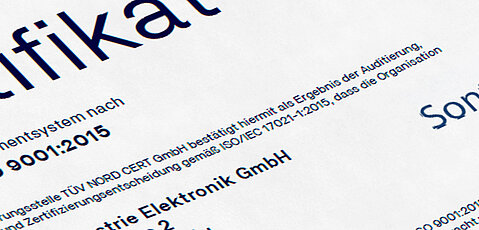ISOBUS – ISO 11783
The ISOBUS protocol offers manufacturer-independent, uniform system communication for onboard electronic systems. ISOBUS is standardized according to ISO 11783 and describes a communication system for agricultural machines based on CAN 2.0 B protocols.
The ISOBUS is based on the SAE J1939 specification, which was developed for use in commercial vehicles.
Function
The standard describes a serial data network for control and communication in commercial vehicles. It standardizes methods and formats that represent the data transfer between sensors, actuators, control elements, information storage and display units. The data is sent over the physical layer at 250 Kbit/s.
The ISO 11783 standard contains following parts:
- part 1: general standard for mobile data communication
- part 2: physical layer
- part 3: data link layer
- part 4: network layer
- part 5: network management
- part 6: virtual connection
- part 7: application layer
- part 8: power drive message
- part 9: tractor ECU
- part 10: task controller and management information system data exchange
- part 11: mobile data element index
- part 12: diagnostic
- part 13: file Server
Application
ISOBUS automates the machine and device setting to different operations and creates with the combination of tractor, accessory equipment and terminal a system with “self-driving quality”. Furthermore the extension with “smarter” functionalities and GPS data integration enabling precision farming.
ISO 11783-12: Diagnostic System
In the event of a breakdown, all connected ISOBUS devices from different manufacturers can be tested and diagnosed with a diagnostic device. So a fast localization of the error source is ensured without the need of diagnosing the electronics of all involved manufacturers.
